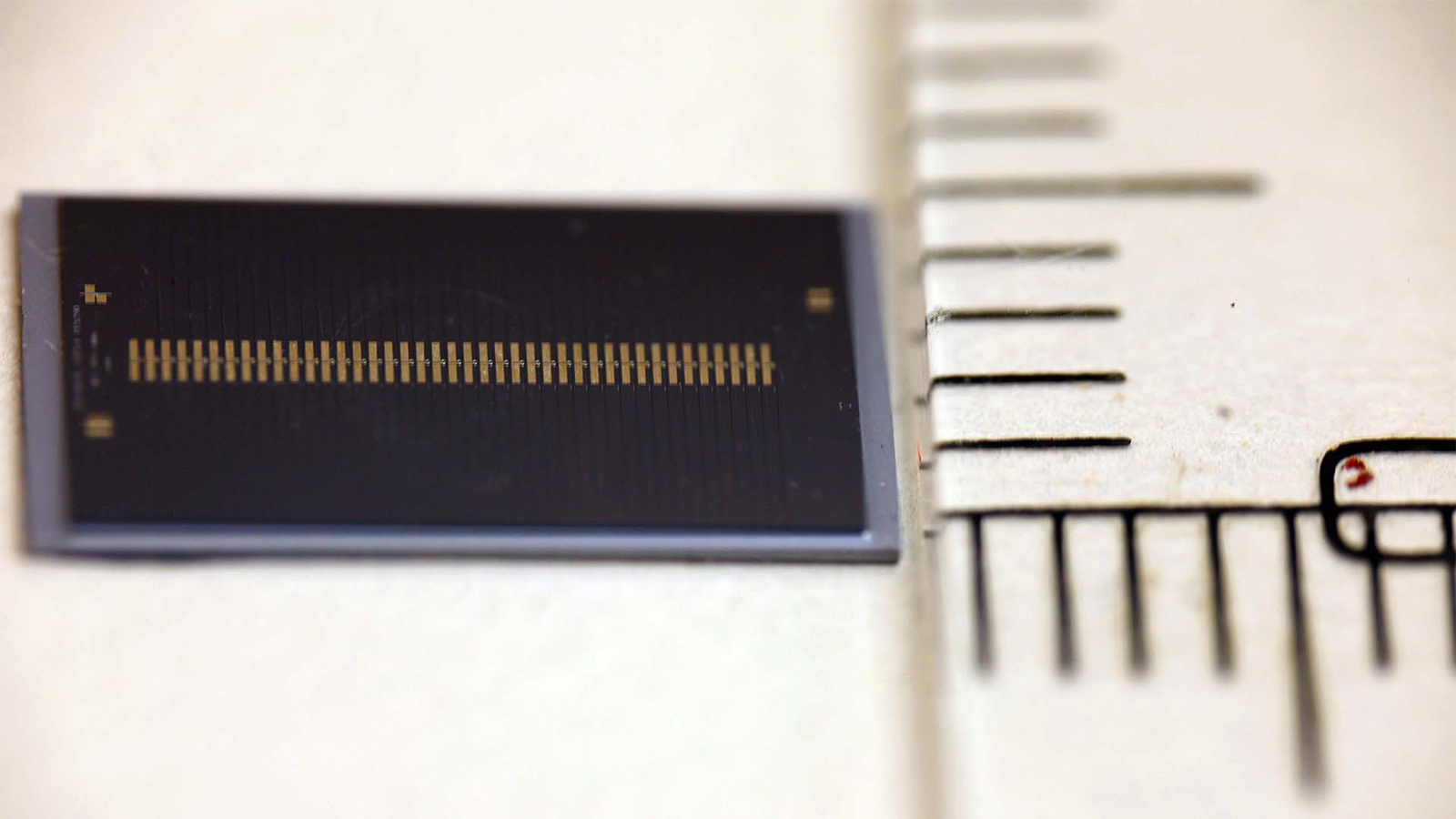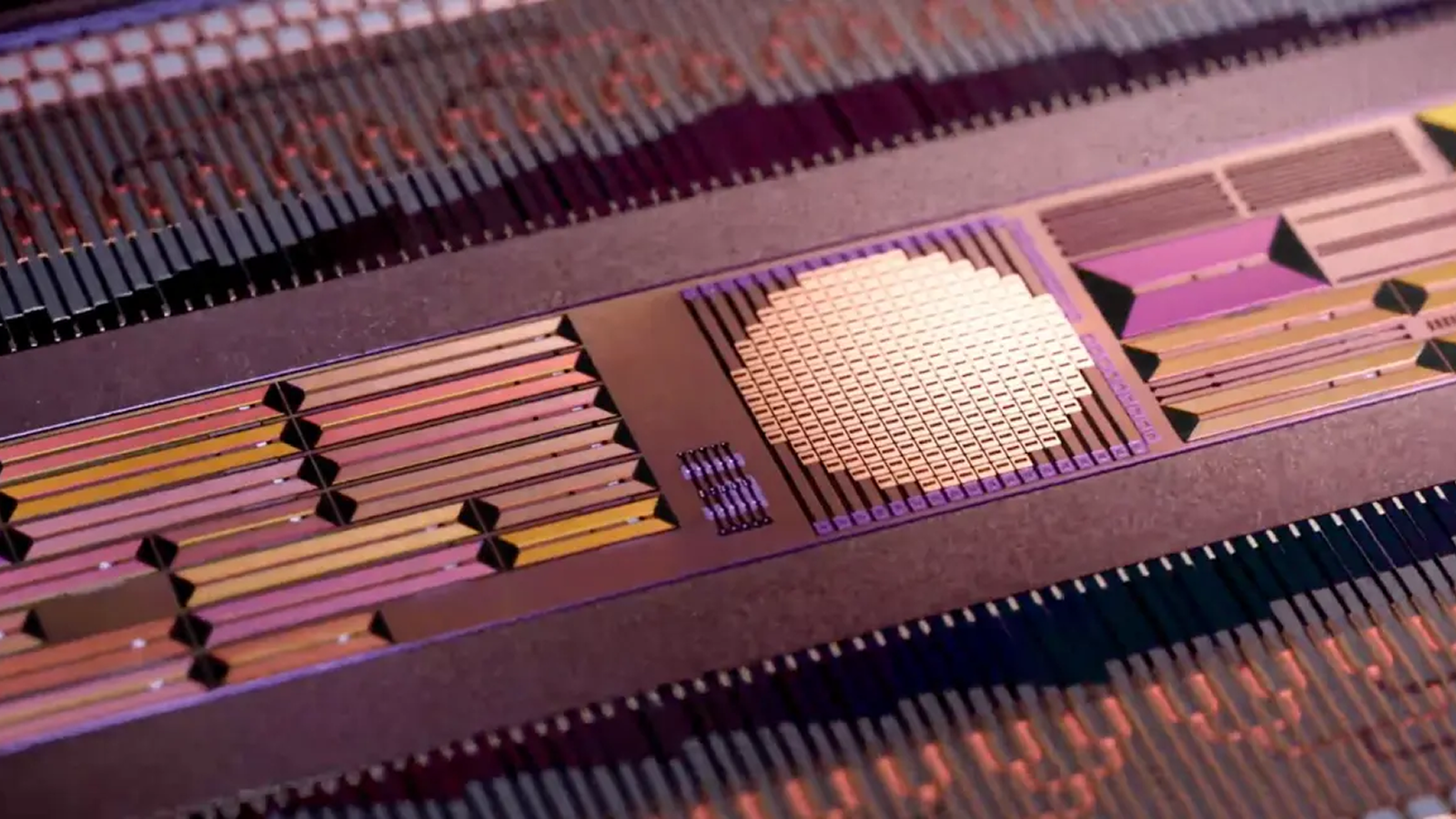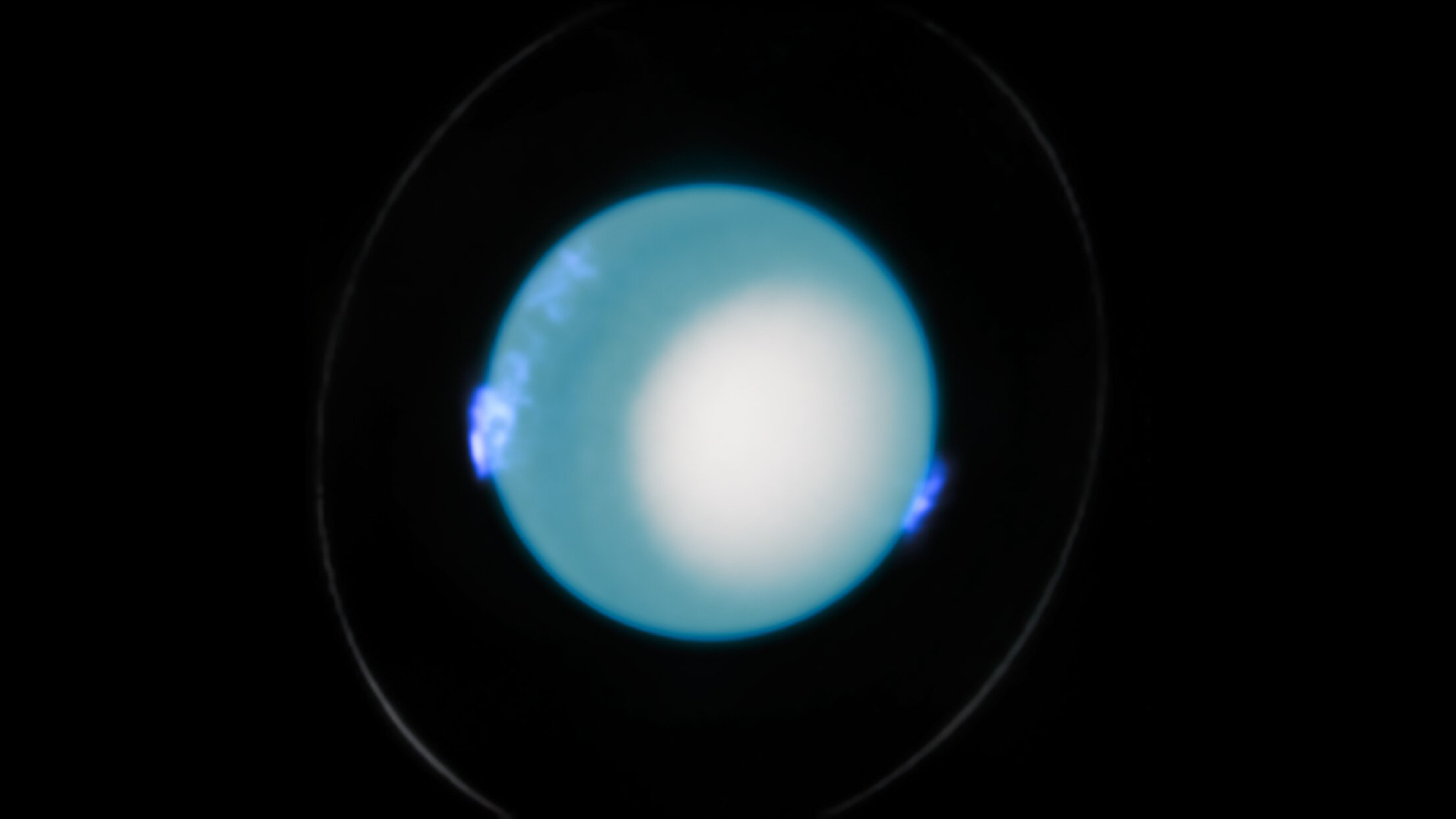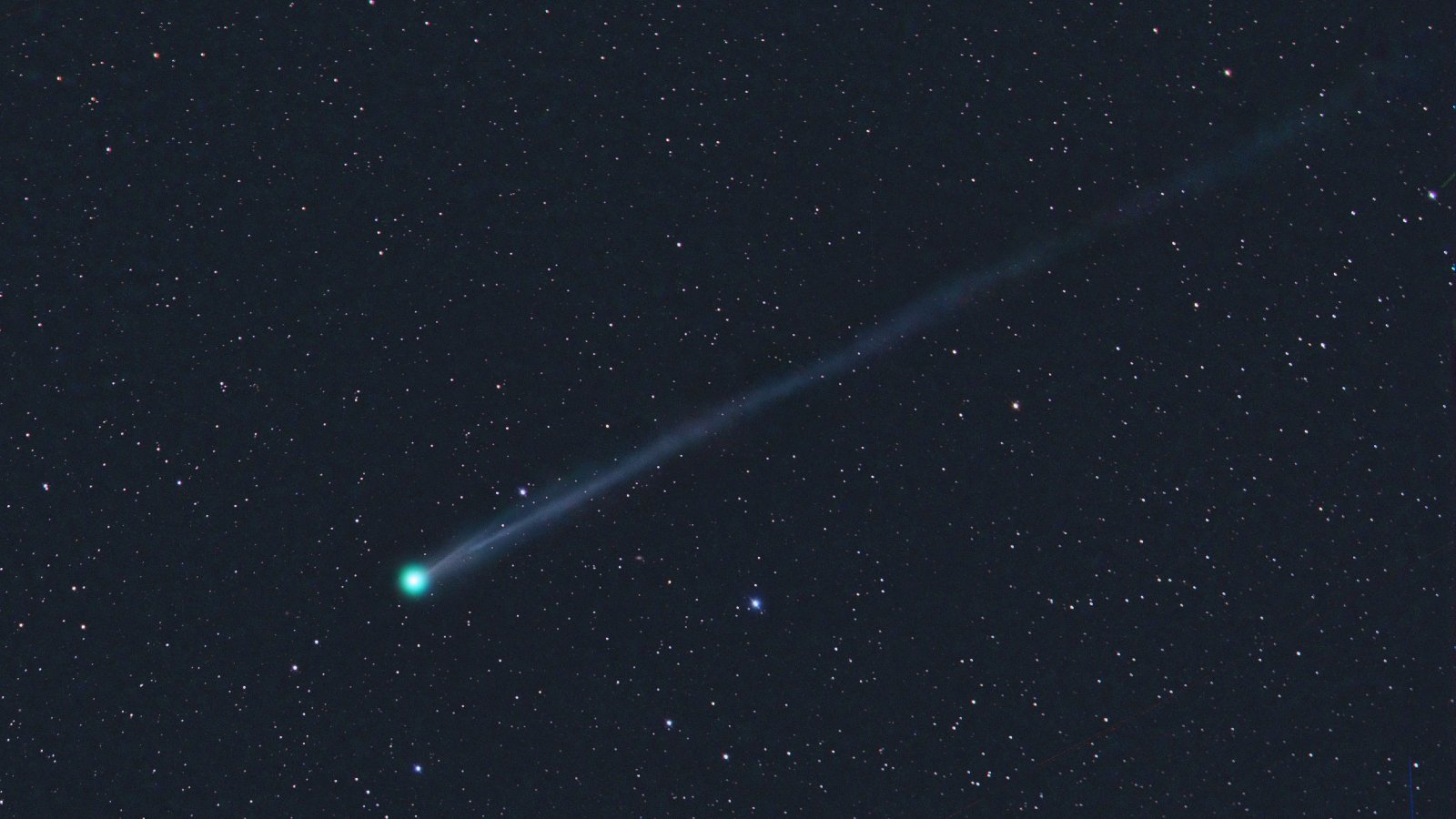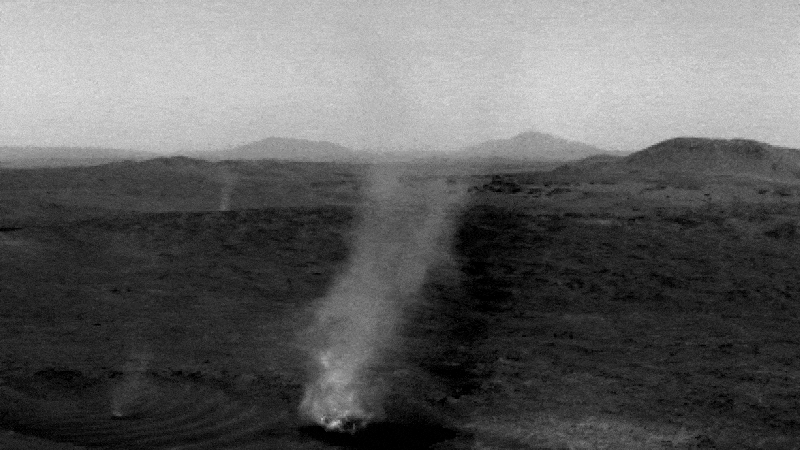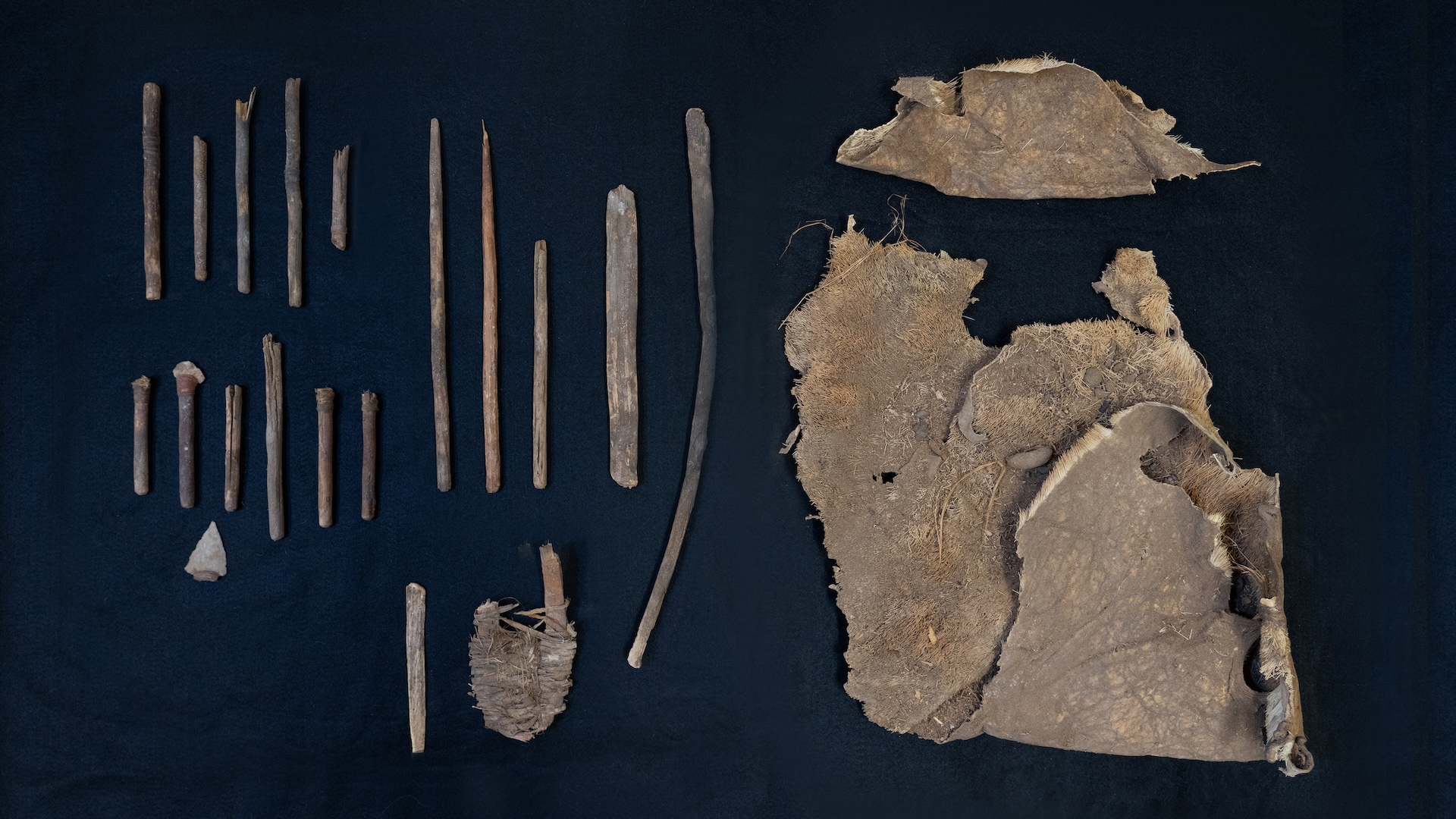U.S. Military Supply of Rare Earth Elements Not Secure
U.S. military technologies such as guided bombs and night vision rely heavily upon rare earth elements supplied by China, and rebuilding an independent U.S. supply chain to wean the country off that foreign dependency could take up to 15 years, according to a new report by the U.S. Government Accountability Office (GAO).
Both "light" and "heavy" rare earth elements represent a family of minerals found in commercial products ranging from TV displays to cell phones, as well as green technologies such as hybrid electric motors and wind turbines. For example, the rare earth element neodymium is very magnetic and is used in everything from computer hard drives to wind turbines and Toyota's Prius hybrid car.
The GAO report – a draft of which was obtained by TechNewsDaily – was meant to look at national security risks that could arise from dependency upon rare earth elements.
"Defense systems will likely continue to depend on rare earth materials, based on their life cycles and lack of effective substitutes," the GAO reported.
New rare earth mines in the U.S., Australia, Canada and South Africa won't start up until at least 2014, based on industry estimates. The GAO report listed rare earth deposits in states that include California, Idaho, Montana, Wyoming, Colorado, Missouri and Utah.
But looking beyond the GAO report reveals that many U.S. deposits lack the "heavy" rare earth elements critical for much of today's technological innovations. Another cause for concern: Chinese corporations have also begun investing in mining companies that hold certain U.S. deposits.
The U.S. once supplied most of the global supply of rare earth elements, and also manufactured rare earth products such as the neodymium magnets. But rare earth processing has largely shifted to China since the 1990s. Even if the U.S. resumes mining its rare earth deposits and begins converting rare earth ore into oxides, it lacks the facilities for converting rare earth oxides into refined metals.
Sign up for the Live Science daily newsletter now
Get the world’s most fascinating discoveries delivered straight to your inbox.
China has set quotas limiting rare earth exports and added on export taxes, despite supplying as much as 97 percent of the world's rare earth oxides. It even warned in an official plan for 2009-2015 that its own industrial demand might force it to stop exporting entirely.
Staking the future
The GAO report lists the mine at Mountain Pass, California as perhaps the largest non-Chinese rare earth deposit in the world. That same mine almost slipped out of U.S. hands unnoticed during a Chinese bid for the U.S. oil company Unocal in 2005.
Unocal had purchased the Mountain Pass mine owner, Molycorp, back in 1978. But that fact went mostly unnoticed during the media and Congressional uproar over the possible threat to U.S. energy security, which eventually led the Chinese company to withdraw its bid.
If the China National Offshore Oil Corporation (CNOOC) bid had succeeded, China would currently have an even bigger share of rare earth deposits, according to a recent report by the Institute for the Analysis of Global Security.
Molycorp has since reorganized as an independent company after Chevron purchased Unocal. It expects to resume mining at Mountain Pass and plans to produce cerium, lanthanum, praseodymium and neodymium oxides by 2012, even if it must ship those oxides to China for final processing.
The U.S. Navy once considered helping fund the Mountain Pass mining and processing facility in 2006, based on the need to secure a domestic U.S. supply of rare earth elements. That idea faded when the Navy "lost interest in the project," according to the GAO report.
A need for heavies
Still, a need for even rarer "heavy" rare earth elements would require the U.S. military to look beyond the Mountain Pass mine, which can only produce a little terbium and dysprosium. Light rare earths include the minerals ranging from lanthanum to gadolinium on the periodic table of elements, while heavy rare earths range from terbium to lutetium.
The Bear Lodge deposit in Wyoming — owned by Canada's Rare Element Resources Ltd — also holds mainly light rare earth elements.
Perhaps the likeliest source of heavy rare earth elements in the U.S. comes from the deposit at Diamond Creek, Idaho, owned by U.S. Rare Earths. The U.S. Geological Survey (USGS) also lists some heavy rare earth elements at the company's Lemhi Pass deposits on the Idaho-Montana border.
The latest USGS update on rare earth elements described a rare earth deposit at Elk Creek, Nebraska, along with the Idaho, Montana and Wyoming sites.
Another Canadian company, Great Western Minerals Group, Ltd., announced that it had begun exploring for rare earth elements in the mineral sands of Deep Creek, Utah in 2007, after buying a 25 percent stake from the Titan Mining Group.
Chinese companies have begun moving in on certain mining companies, given their interest in a wide range of resources such as rare earth elements. China Minmetals Group of China previously provided financial backing for Upland Wings, Inc. and Wings Enterprises, Inc., which owns both iron and rare earth deposits at Pea Ridge, Missouri.
In 2009, the China Investment Corp bought a 17 percent stake in Teck Resources Ltd., which represents Canada's major base metals company. Teck holds rare earth deposits at Iron Hills in Colorado.
From battle tanks to drones
The U.S. Department of Defense did not have details on national security risks related to a possible rare earth shortage for the GAO report. But it plans to complete its assessment of dependency upon rare earths by September 2010.
Military officials did stress how rare earth elements form a currently irreplaceable part of devices such as lasers, radar, missile-guidance systems, satellites and aircraft electronics. And many military systems also rely upon commercial computer hard drives that use rare earth magnets.
Even more specific examples of rare earth-driven technologies include the navigation system for the M1A2 Abrams battle tank, and a new hybrid electric drive in the works for the Navy's DDG-51 destroyers.
Rare earth elements might eventually become part of the U.S. National Defense Stockpile, according to the GAO report.
Yet the world's largest producer of rare earth elements may already be one step ahead: The rare earth unit of China's Baotou Iron & Steel Group gained official approval in February to begin building a strategic reserve of rare earth elements, China's official newspaper, People's Daily, recently reported.

